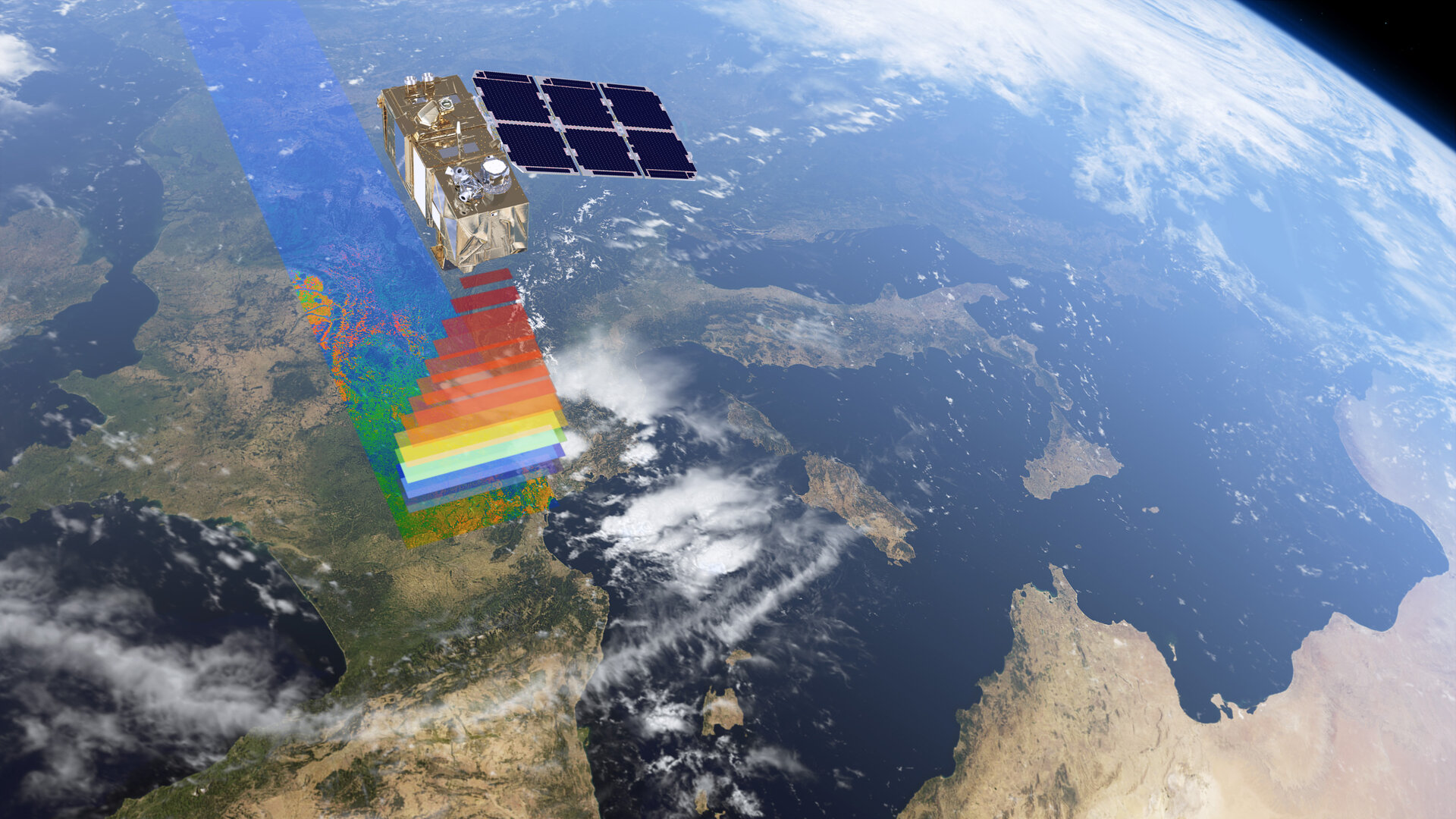Back to futurelearn
Topic 1D – AI and Machine Learning in the Copernicus Programme
Featured Images and Example Data
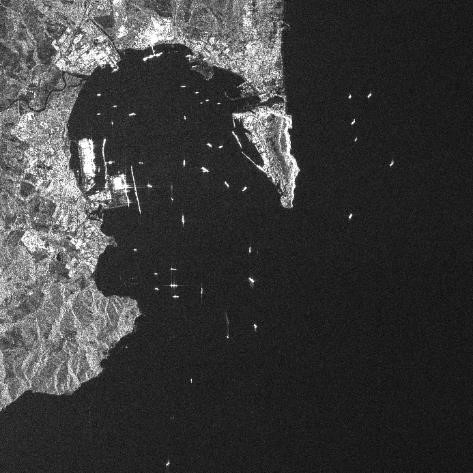
Ship Monitoring
Illustration of vessels observed between Gibraltar and Algesiras on September 2017
©
ESA / Copernicus Sentinel data, 2017
Source Link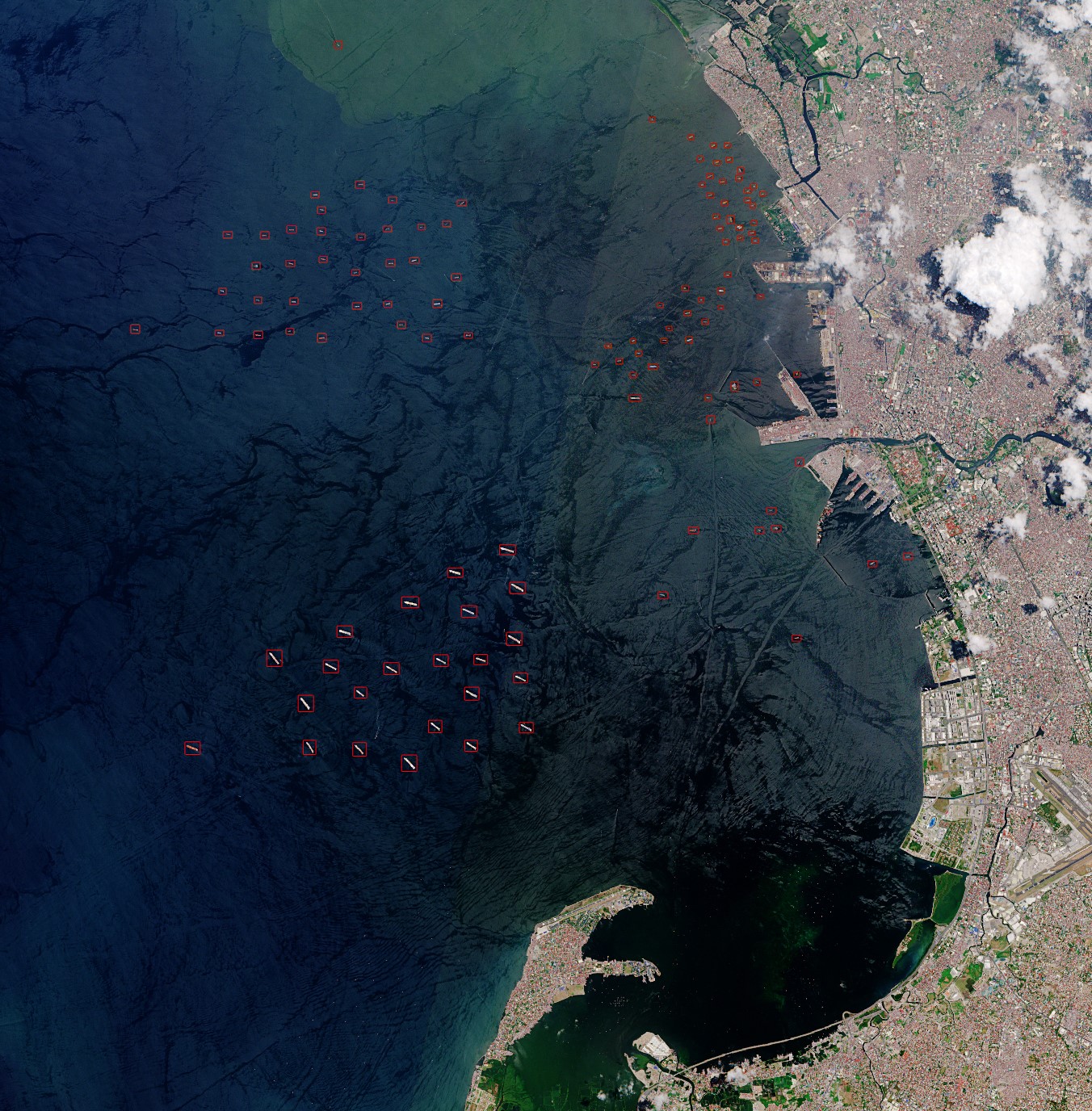
Detection of vessels from space
Detection of vessels from Space made easier by ESA's ɸ-sat-2 mission using AI
©
contains modified Copernicus Sentinel data (2020), processed by ESA
Source Link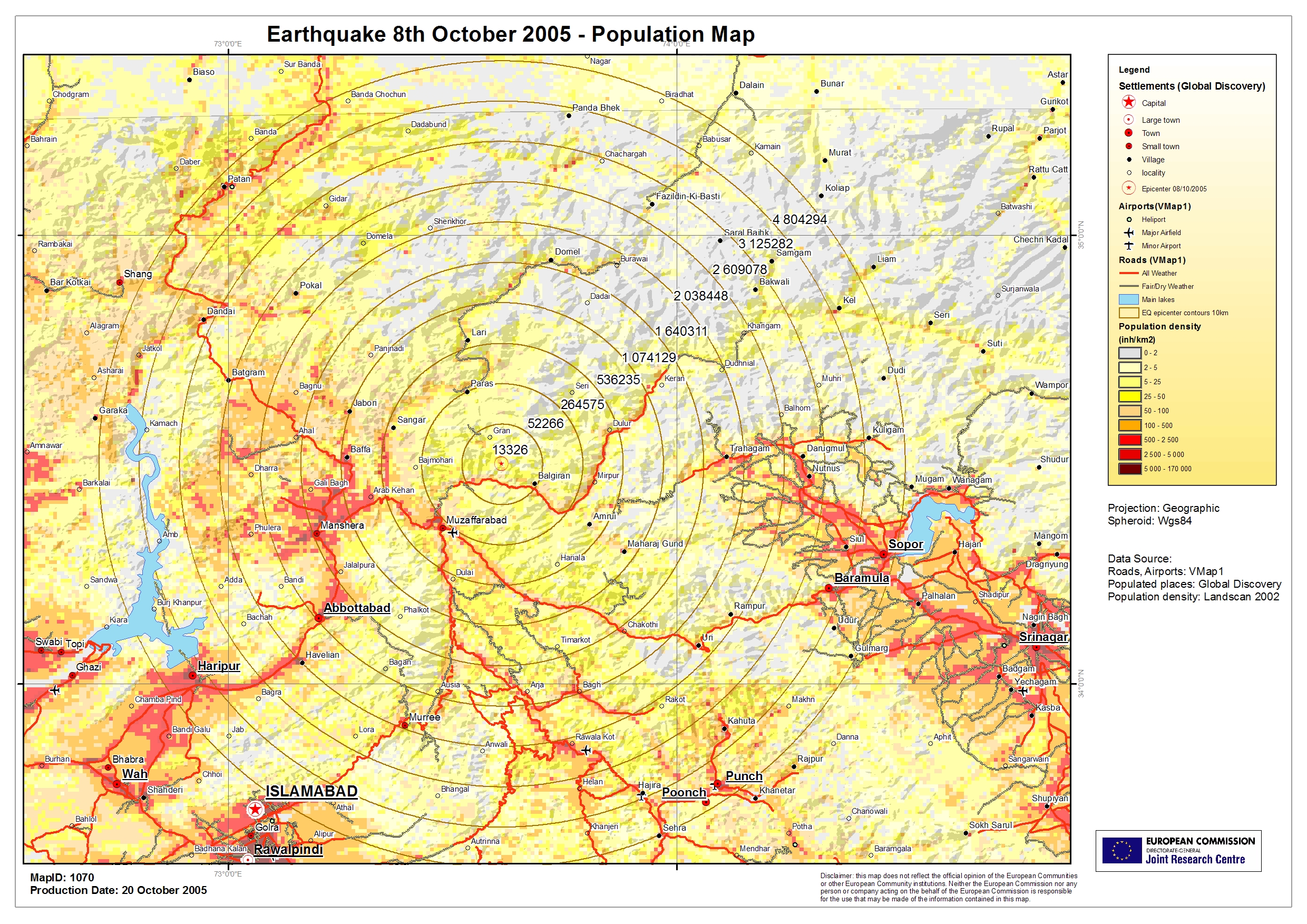
Kashmir population map
Kashmir population distribution map produced by Respond, including airports, roads and main lakes, overlaid with earthquake effects from the epicentre outwards.
©
Respond
Source Link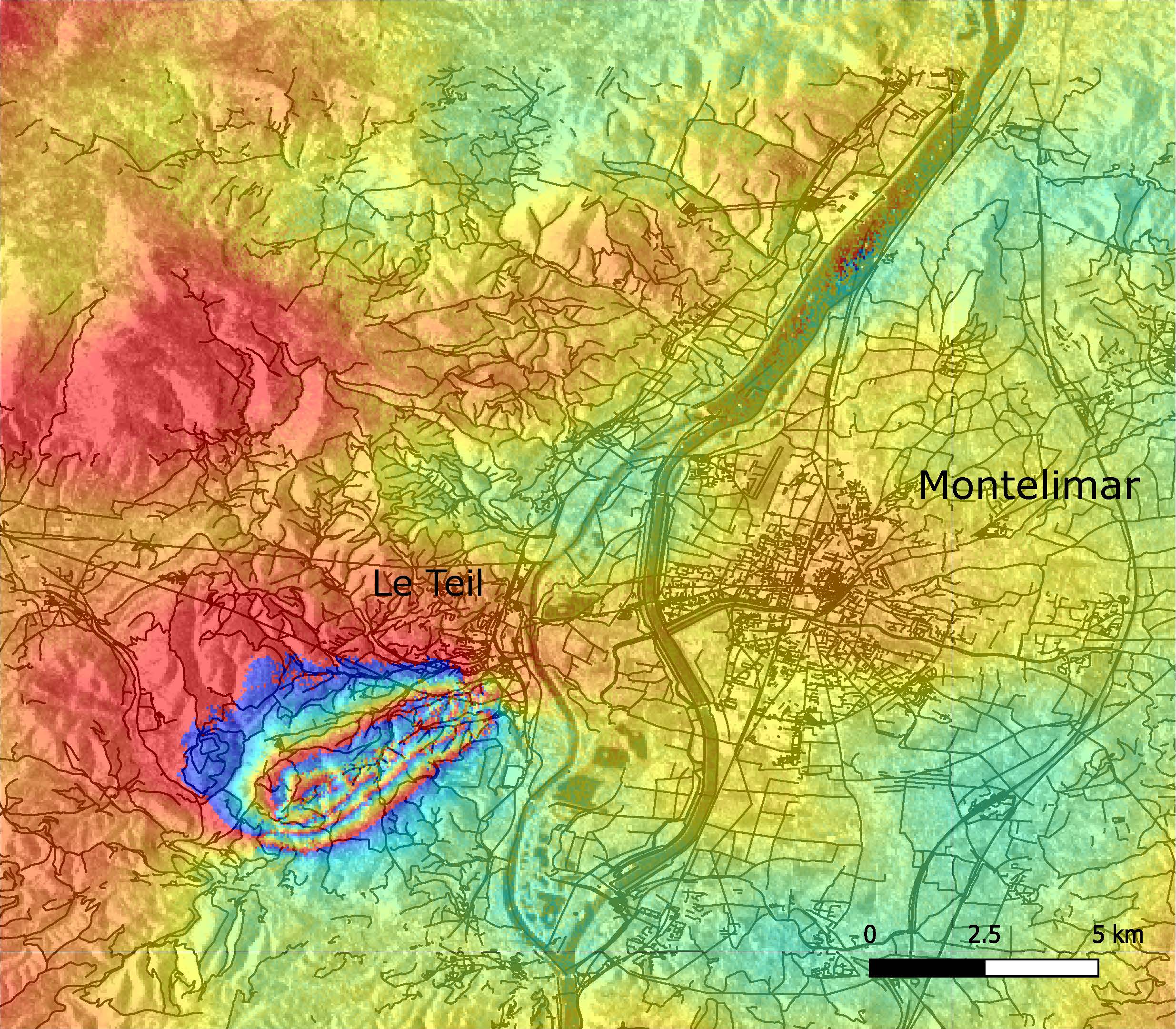
French earthquake interferogram
This product of an Earthquake in France is derived from the Copernicus Sentinel-1 mission using the acquisitions of 6 and 12 November 2019. The interferogram was generated on GEP with the Diapsaon processing chain from CNES/TRE Altamira.
©
contains modified Copernicus Sentinel data (2019), processed by ESA
Source Link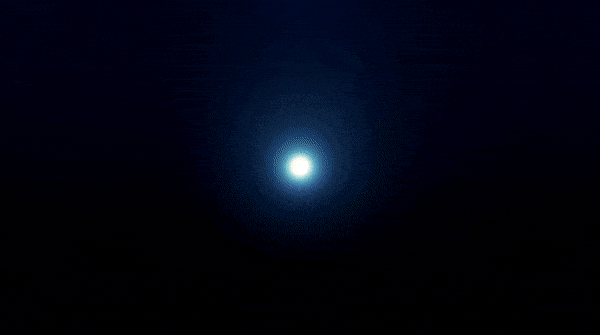
Digital Twin Earth
Digital Twin Earth will help visualise, monitor and forecast natural and human activity on the planet. The model will be able to monitor the health of the planet, perform simulations of Earth’s interconnected system with human behaviour, and support the field of sustainable development, therefore, reinforcing Europe’s efforts for a better environment in order to respond to the urgent challenges and targets addressed by the Green Deal.
©
ESA
Source LinkFeatured Video and Animations

Sentinel-3 scans Earth's colour
Animation of Sentinel-3 using it's Ocean and Land Colour Instrument (OLCI) instrument
©
ESA/ATG medialab
Source Link
Sentinel-1 Forest monitoring
This is an illustrative video of Sentinel-1 monitoring forests
©
ESA
Source Link
Sentinel-3’s Scanning Radiometer
The animation shows how SLSTR’s two rotating mirrors scan a curved swath on the ground, one at nadir and one inclined obliquely pointing to the rear of the satellite.
©
ESA/ATG medialab
Source Link
Oceanic Circulation
This video shows ocean circulation currents around the globe
©
Copernicus Marine Service / Mercator Ocean
Source Link

